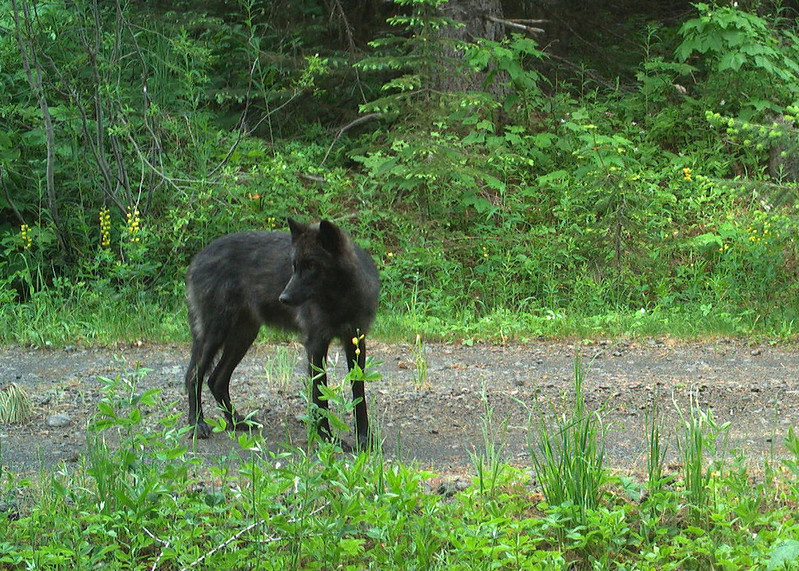
Late August Brims With Wolf News
The Biden Administration is defending the Trump Administration’s decision to declare gray wolves in the Lower 48 recovered and delist them, but federal wildlife officials are also warning that recent moves by some state legislatures “are concerning.”

The removal of the species from Endangered Species Act protections in early January has been the subject of a lawsuit by a group of environmental organizations, some of which had asked if not expected the incoming Democratic administration to reverse it.
But a recent 59-page motion for summary judgment filed by attorneys for the U.S. Fish and Wildlife Service makes it clear the feds believe that the 6,600 wolves in the Northwest, Northern Rockies, California, Colorado and Great Lakes states are part of a contiguous population that stretches into Canada and Alaska.
USFWS attorneys conclude that because wolves “in the lower 48 States were neither a separate protectable ‘species’ nor, based on the scientific evidence, threatened or endangered within the meaning of the ESA,” their removal from the Endangered Species Act list in the western two-thirds of Washington and Oregon and elsewhere should be upheld by a federal judge in Northern California.
But the Associated Press also reports that wolf hunting rules passed by conservative Montana and Idaho lawmakers have caught the attention of USFWS.
“Certainly some of the things we’re seeing are concerning,” Gary Frazer, head of the agency’s ecological services division, told reporters Matthew Brown and John Flesher.
This morning, a split Montana game commission voted 3-2 to adopt a slate of wolf hunting and trapping regulations following legislators’ passage of new laws earlier this year.
Environmental groups earlier this week petitioned Secretary of the Interior Deb Haaland “to initiate a formal examination of new threats to wolves in the Northern Rockies states of Montana.”
An Outdoor Life article Tuesday by Andrew McKean outlines some of the new ways wolves can now be killed in the Northern Rockies states, including using night vision equipment, and with bait and snares.
One organization is also paying hunters and trappers as much as $1,000 a wolf killed, the story states.
The efforts draw mixed reactions, with many supportive and others worried it will lead backwards.
“I don’t think we’re in danger of re-listing wolves,” Nick Gevock, formerly with the Montana Wildlife Federation, told McKean. “You have to show harm to the species to justify re-listing. But is the possibility there? Absolutely. The American people have spent millions of dollars to recover this species. Now Montana and Idaho want to pay contractors to shoot them from the air. It harkens back to that eradication mentality that could be justification that the species is in imminent harm.”
Even with wolves delisted, hunting is not allowed in Washington and Oregon, but this week state managers authorized the removals of more animals in response to chronic livestock attacks.
This morning, WDFW Director Kelly Susewind greenlighted taking out one to two members of the Togo Pack “in response to repeated depredations of cattle on public and private grazing lands in Ferry County.”
The herds of three producers have been affected, with four attacks in the past 30 days injuring three calves and killing one, despite the use of proactive and responsive deterrence methods.
It’s the first lethal take authorization issued since Governor Inslee last September told the Fish and Wildlife Commission to come up with new rules for handling wolf-cattle conflicts.
And earlier this week, ODFW granted three ranchers permits to kill up to three wolves in the Lookout Mountain Pack of far eastern Oregon after continued livestock depredations following the removal of two juveniles.
